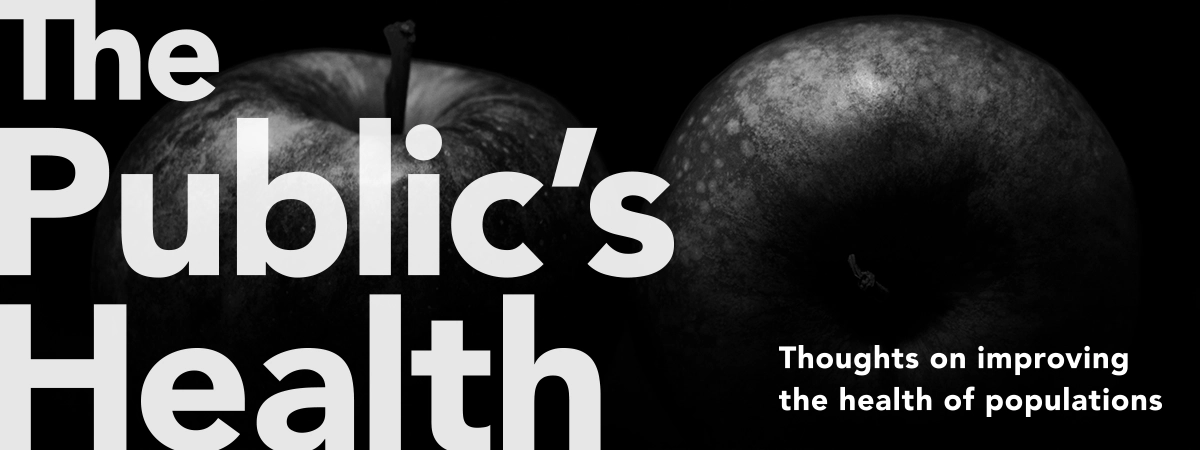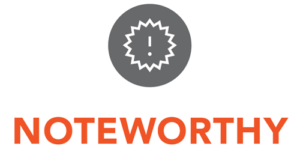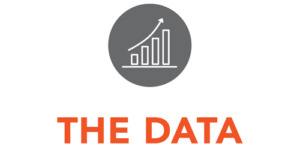Food Justice
One in six of our citizens experiences food insecurity. Forty-two million low income and working-class Americans—most of whom are elderly, disabled, or children—use Supplemental Nutrition Assistance Program (SNAP) benefits to buy groceries.

Read Time: 5 minutes
Published:

Food Justice
One in six of our citizens experiences food insecurity. Forty-two million low income and working-class Americans—most of whom are elderly, disabled, or children—use Supplemental Nutrition Assistance Program (SNAP) benefits to buy groceries. That is, they don’t earn enough to feed themselves consistently. Food insecurity has dramatic effects on the health of children and the elderly in particular, influencing educational progress, family stress, and nutritional deficiencies.
At the same time we throw away 40% of our food every day. That’s 400 pounds per person per year.
The food we buy and bring home is the largest source of food waste; 70% of all food discarded in our homes is edible. Restaurants are second in waste generation. Grocery stores, third in line, are a major source of usable, donatable goods like fruits, vegetables, meat, and other nutritious foods. A fifth of agricultural water use and 18% of farm fertilizer is spent on food that is lost. Wasted food generates pollution equivalent to 37 million cars (2.6% of greenhouse emissions) through methane released from our landfills. We waste 50% more food than we did fifty years ago. When food is wasted, so are other resources.
If we could recover and redistribute one third of the food we waste, we could end food insecurity. Other countries are moving to limit food waste. In France, a 2016 law banned grocery stores from throwing away edible food. Giving food to churches or food banks is no longer an act of good will; stores are fined for not donating. Italy incentivized waste reduction. Stores would no longer be sanctioned for giving away food past its sell-by date; the government is funding active research on packing food to prevent spoilage and extend shelf life.
And there is hope afoot that we are moving in the right direction domestically. The 2018 Farm Bill just passed the House and Senate and awaits Presidential signature. This legislation supports food waste reduction plans in ten states, creates a new Food Loss and Waste Liaison position within the USDA, and following the European example, promotes the expansion of liability protections for food donations. In the private sector, there has been a rush of money into food waste reduction start-ups.
Responsible for the largest percentage of waste, consumers need to adjust behaviors. Savethefood.com provides simple advice on limiting household losses. Attention to food waste offers economic, environmental, and public health opportunities: jobs, climate change deceleration, hunger relief. Wasting food is a luxury. Could the end of food insecurity be in sight?
Warmly,
Michael Stein & Sandro Galea

MONITORING IS NOT PREDICTING…YET
Wearable technology that tracks health markers—steps taken, sleep, heart arrhythmias—is now big business, with markets pursued by start-ups and large health companies alike. But the use of such devices may be ahead of the usefulness for predicting major health events for ill patients, such as hospital readmissions, emergency room visits, or deaths. In this literature review, the authors agree that it’s too soon to tell whether wearable technologies can actually predict health outcomes. But the authors note that several large studies involving thousands of patients demonstrate that such devices can be worn for long periods and that indicators such as inactivity may prove important to how patients do after hospital discharge. As new sensing modalities get added to wearable technology—oxygen level, blood pressure, glucose level—clinical studies need to keep testing the predictive utility of this growing mass of biological information.

THE IMMIGRANT EXPERIENCE IN HURRICANE SEASON
Hurricane Harvey ravaged Texas in August of 2017, challenging the health care, well-being, and safety of Gulf Coast residents. Immigrant families felt particularly fearful that reporting property damage and losses caused by the storm would draw negative attention from authorities. This fear was heightened as Border Patrol kept checkpoints open immediately following the storm.
The Kaiser Family Foundation published survey findings on the impact of Harvey on immigrants in the Texas Gulf Coast. The figure above shows that immigrants whose homes Harvey hit reported feeling more worried about seeking help for storm-related damages than their native-born counterparts. About 34% of immigrants responded that they were very worried that reaching out for help would highlight their own or a family member’s status. Only 5% of native-born residents responded similarly. Immigrants were also less likely to have flood or home insurance, or to apply for governmental disaster assistance.
Federal Emergency Management Agency’s policies do not guarantee Disaster Unemployment Assistance to undocumented individuals. Fear of disclosing immigration status may act as a barrier to help seeking and ameliorating storm damage, and such worries may be warranted. —Sampada Nandyala, PHP Fellow
Feature image: Kaiser Family Foundation Disparities Policy, “Hurricane Harvey: The Experiences of Immigrants Living in the Texas Gulf Coast,” Bryan Wu, Liz Hamel, Mollyann Brodie, Shao-Chee Sim, and Elena Marks, Figure 6. Published: Mar 20, 2018





